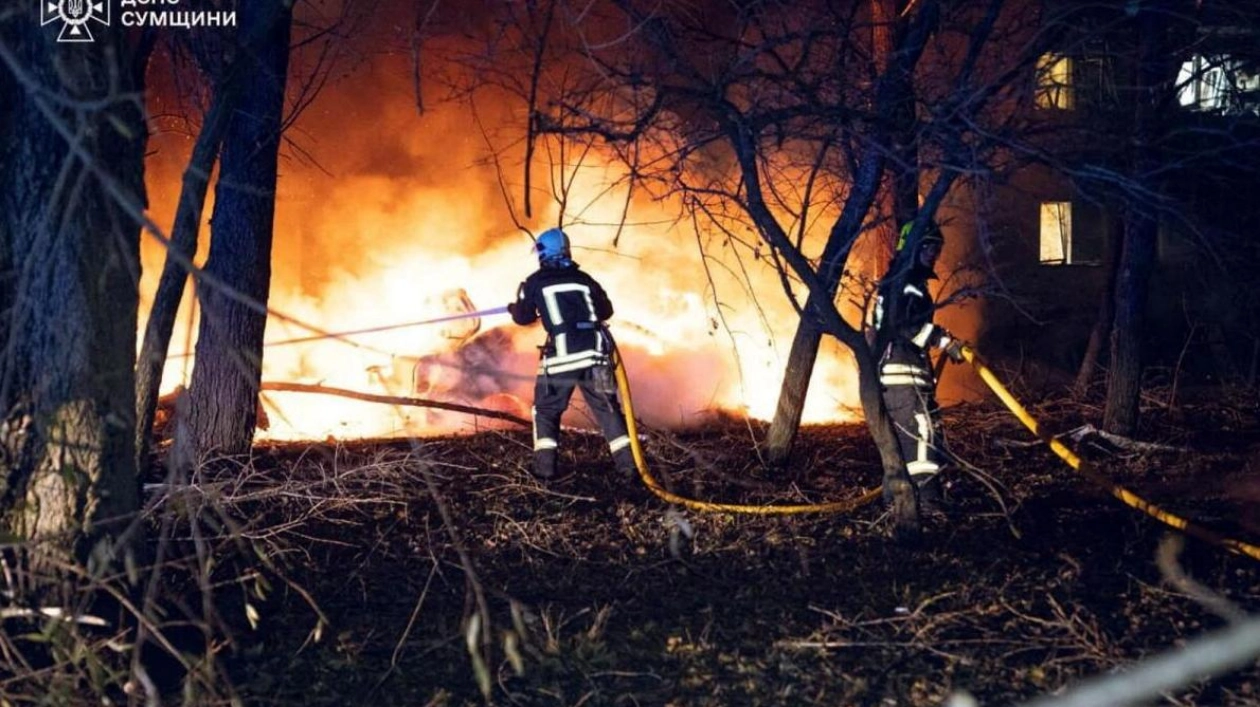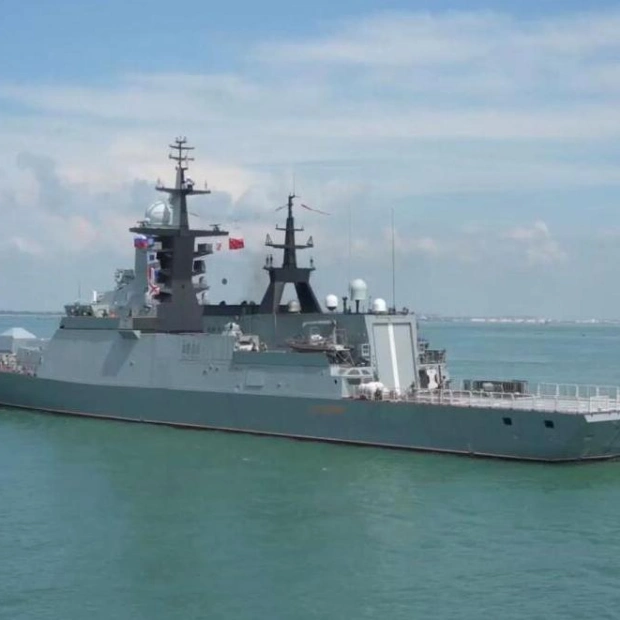Firefighters are seen at the site of a residential area that was struck by a Russian missile attack during the ongoing conflict in Ukraine, in Sumy, Ukraine, on November 17, 2024. – Reuters
When Yuriy Shelmuk co-founded a company last year focused on producing drone signal jammers, he noted that there was minimal interest in the devices. Now, the company produces 2,500 units monthly and has a six-week waiting list. The surge in demand came after the failure of a significant Ukrainian counteroffensive in the summer of 2023, which was intended to push back Russian forces. Kyiv attributed the failure to Russia's extensive use of unmanned aerial vehicles for reconnaissance and strikes, along with a large deployment of landmines and troops.
"Concentrated, affordable aerial drones thwarted all our advances," Shelmuk stated. "It became clear that a new game-changer had emerged." The majority of over 800 companies in Ukraine's rapidly growing defence sector were established following Russia's full-scale invasion in 2022, which marks its 1,000th day on Tuesday. Many of these companies were formed in response to the rapidly changing battlefield conditions, including the increased use of drones in the air, on land, and at sea, as well as the development of anti-drone technologies and, increasingly, artificial intelligence.
"The Ukrainian military-industrial sector is currently the most innovative in the world," said Halyna Yanchenko, a Ukrainian lawmaker who has been advocating for local arms manufacturers in parliament. Both Ukraine and Russia are expected to produce around 1.5 million drones this year, primarily small 'first-person view' vehicles that cost a few hundred dollars each and can be remotely piloted to identify and attack enemy targets.
In February, Ukrainian troops already reported to Reuters that the prevalence of Russian drones made it challenging for them to move freely and construct fortifications. By summer, as Russia began to gain more territory at a faster pace than in the early stages of the conflict, most damaged military pickup trucks were equipped with electronic warfare (EW) domes, which were previously reserved for high-value equipment.
Shelmuk's company, Unwave, is among around 30 firms producing such systems, which block signals and employ various methods to disrupt computer systems within drones. Most anti-drone EW systems can jam only one, or at most a few, radio frequencies, meaning Russian drone operators can avoid jamming by switching to a different frequency. Consequently, EW manufacturers monitor online chats related to Russian drones to anticipate which frequencies they will use.
As casualties rise and exhaustion sets in, both sides in the war are increasingly turning to automation to replace human soldiers. Ukraine has struggled to replenish its units depleted by prolonged fighting; Russia has reportedly sought help from North Korea. Seven officials and industry figures told Reuters that automation would be the primary focus of battlefield innovation in the coming year.
"The number of infantrymen deployed in trenches has significantly decreased, and combat command is now possible online from a remote location, reducing the risk of personnel being killed," said Ostap Flyunt, an officer in the 67th mechanised brigade. Ukraine now has over 160 companies developing unmanned ground vehicles, according to state-backed defence accelerator Brave1. These vehicles can be used for various tasks, including delivering supplies, evacuating the wounded, or operating remotely controlled machine guns.
An army colonel, known by the callsign Hephaestus, recently left the military to start building automated machine gun systems. He revealed that six of his products were already replacing human gunners on the front lines, allowing them to operate the weapons from a safe distance via a screen. Flyunt noted that this trend is becoming more common: "Modern warfare is a contest of technologies for detection, jamming, and destruction from a distance, leaving the operator with only the decision-making aspect of strikes," he said.
Arms minister Herman Smetanin also highlighted the growing use of remote warfare, including artificial intelligence. "In the near future, this will be the main direction of development, the war of robots," he told Reuters. "It's about protecting people's lives." Ukraine hopes that its innovative defence sector will provide a new foundation for an economy ravaged by the conflict.
The country has invested $1.5 billion in upgrading its defence manufacturing, which had stagnated since Soviet times, according to arms minister Smetanin. However, it still relies on Western allies for shells, missiles, and air defences. Defence production capacity has surged from $1 billion in 2022 to $20 billion in 2024, but Ukraine can only afford to purchase about half of that, leaving the additional manufacturing capacity unused.
Some manufacturers have complained about strict profit margin limits and a lack of long-term state procurement contracts, an issue President Volodymyr Zelenskiy has pledged to address. Four companies that Reuters spoke with also mentioned difficulties in finding enough qualified staff. Kateryna Mykhalko, director of Tech Force in UA, an association of private defence manufacturers, said 85% of 38 firms surveyed by her organisation were either considering relocating operations abroad or had already done so.
The most contentious issue for many companies is the wartime ban on arms exports, which they want repealed to generate capital for expansion. Officials are wary of public backlash against an aid-dependent country at war exporting arms.
Source link: https://www.khaleejtimes.com






